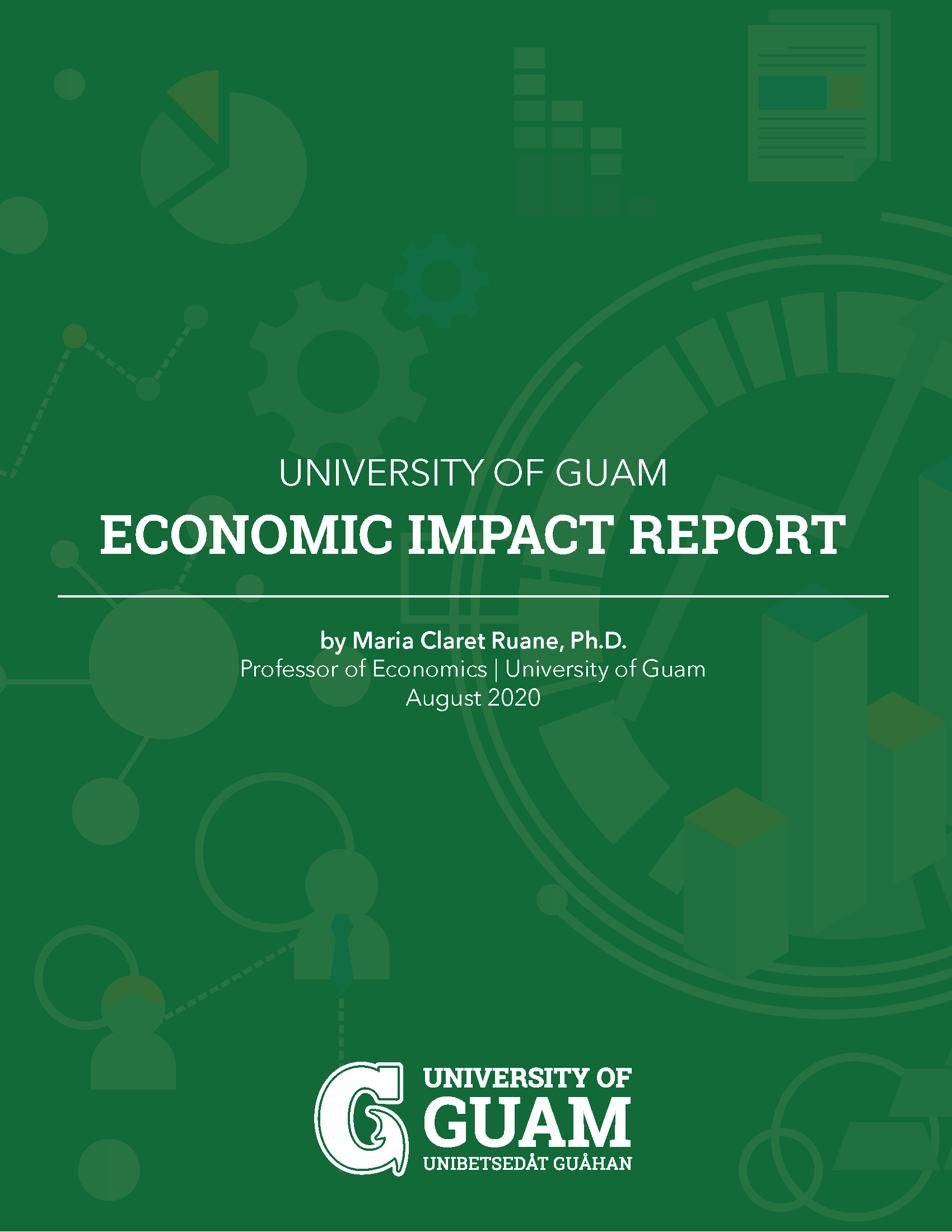Economic Impact Report
Economic Impact Report

AN INVESTMENT IN GUAM’S FUTURE
Through its mission of Ina, Deskubre, Setbe (to enlighten, to discover, and to serve) the University of Guam not only impacts the lives of its students and the communities it serves through academics, research, and service, but it also builds Guam’s economy.
In FY2019, UOG received just $27.4 million from its government of Guam budget appropriation but provided a major impact to Guam’s economy through creating jobs, generating incomes and spending, buying locally, and generating tax dollars.
An investment in the University of Guam is an investment in Guam’s future.
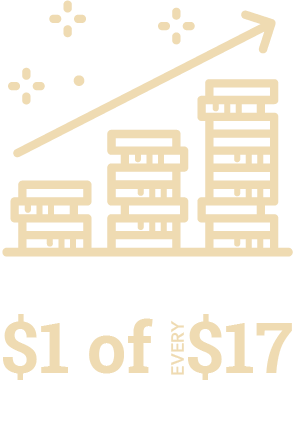 |
UOG CONTRIBUTED $1 OF EVERY $17 IN GUAM’S ECONOMYUOG boosted Guam’s economy, measured by nominal Gross Domestic Product (GDP), by $349 million. This translates to:
|
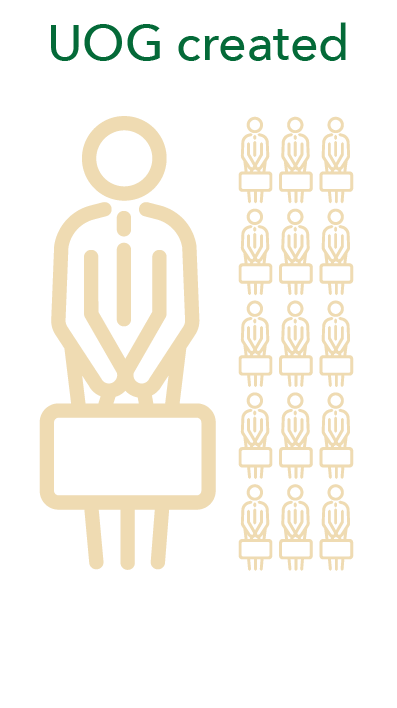 |
UOG CREATED 1 IN EVERY 15 JOBS ON GUAMUOG created a total of 4,191 jobs (FTE) comprised of:
The 4,191 jobs created by UOG make up 6.5% of the approximately 65,000 employees on Guam. |
 |
UOG GENERATED $1 OF EVERY $8 OF GOVGUAM TAX REVENUESUOG generated $78.55 million of GovGuam taxes in the form of income taxes ($52.4 million), Medicare taxes ($10.1 million), and Gross Receipts Taxes ($16 million). In FY2019, this $78.55 million:
|
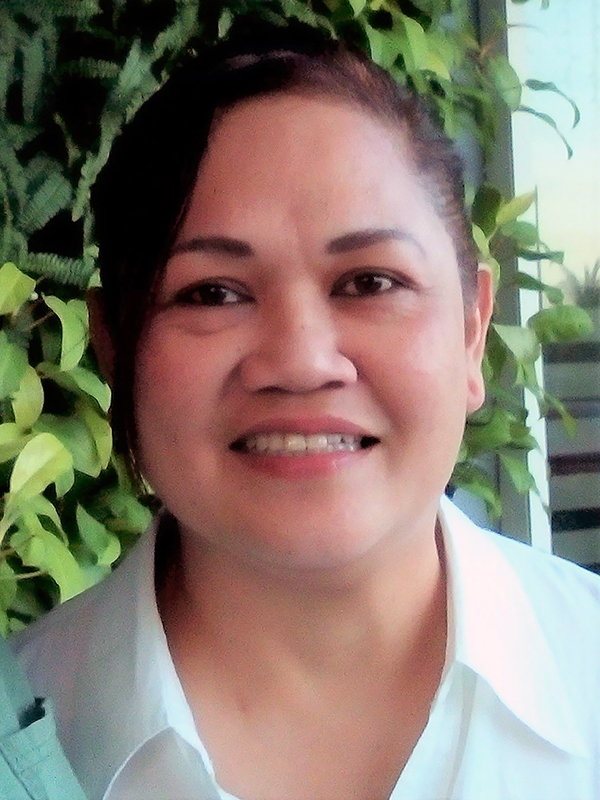
Dr. Maria Claret M. Ruane is a tenured professor of economics at the University of Guam within the School of Business & Public Administration. She holds bachelor's and master's degrees in economics from San Jose State University (Calif.) and a doctorate in economics from the University of California, Riverside.
She has previously served as the resident development economist for the University of Guam Pacific Center for Economic Initiatives (PCEI) and also as the resident development economist and research contributor/supervisor for the UOG Regional Center for Public Policy (RCPP).
She has 29 years of experience in international macroeconomic development and is trained in quantitative approach to analyze available data and, when necessary, design methodologies to address limitations in data.
Dr. Ruane has written several socio-economic studies at regional, national, and
international levels, including:
-
RCPP’s "Guam Economic Report" for 2018 and 2019
-
“Factors that Explain Corruption in the 50 States of the United States of America: A Regression Analysis,” published in the double-blind, peer-reviewed, internationally circulated journal Asia Pacific Business and Economics Research Perspectives
-
A 20-equation simulation model to analyze the effect of development aid on a recipient economy.
Her other work includes the generation and analysis of much-needed economic and business indicators and analysis in Guam, including:
-
consumer and business confidence survey
-
corruption perception
-
buying local behavior
-
local spending multiplier
-
effect of exchange rate changes on tourist arrivals to Guam
-
local farmer and village residents surveys in the context of the One Village-One Product approach to Guam’s economic development.
She believes that research is a search for the truth and aims at developing local capacity in Guam to produce ethical, relevant, and impactful economic research and analysis.
